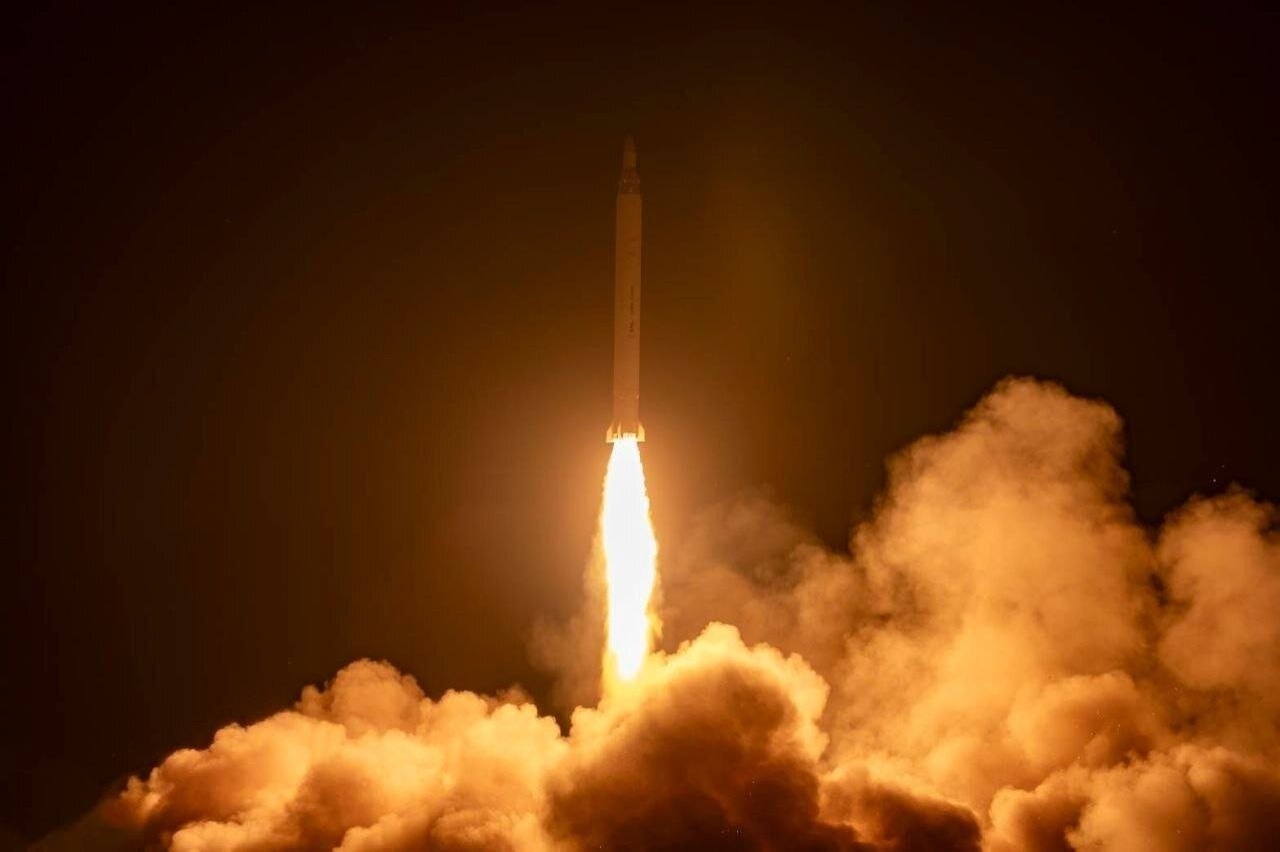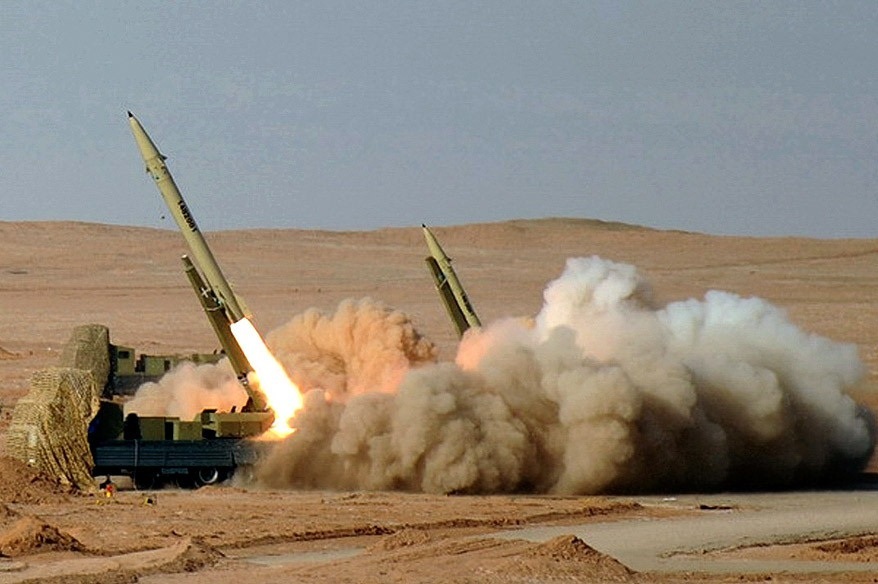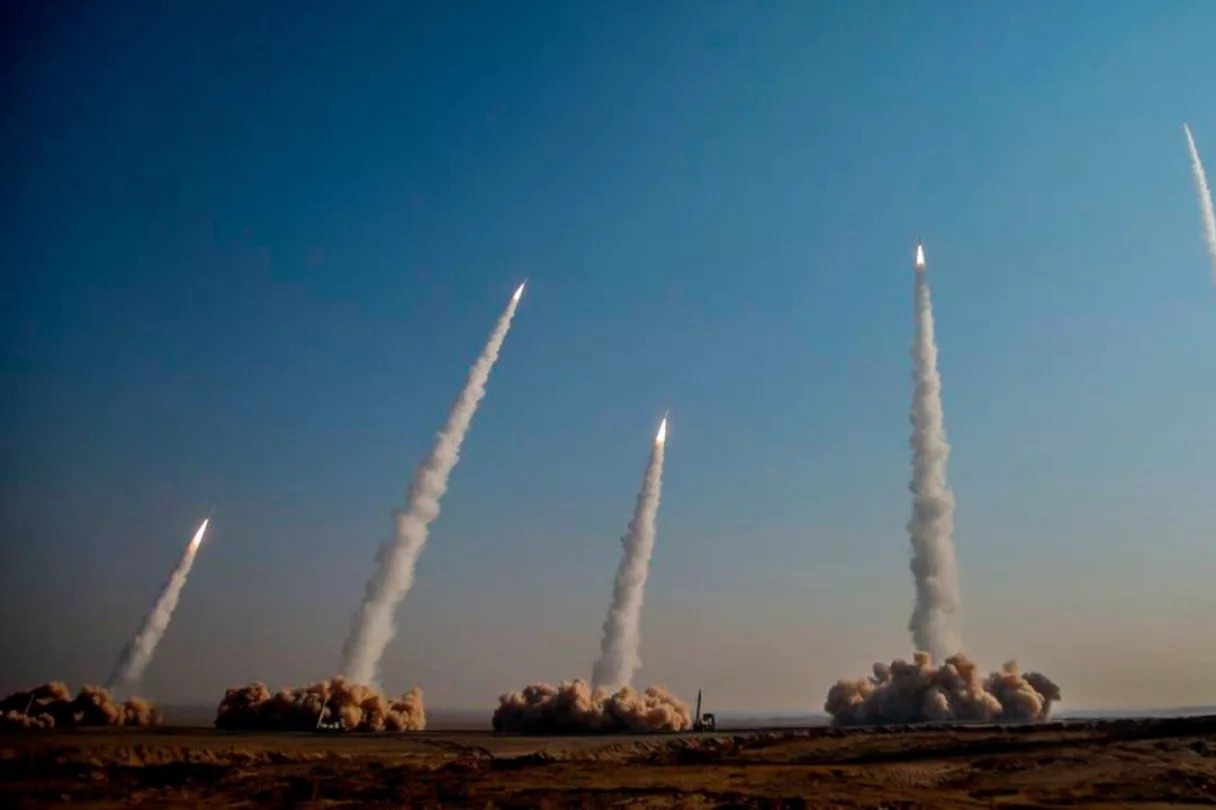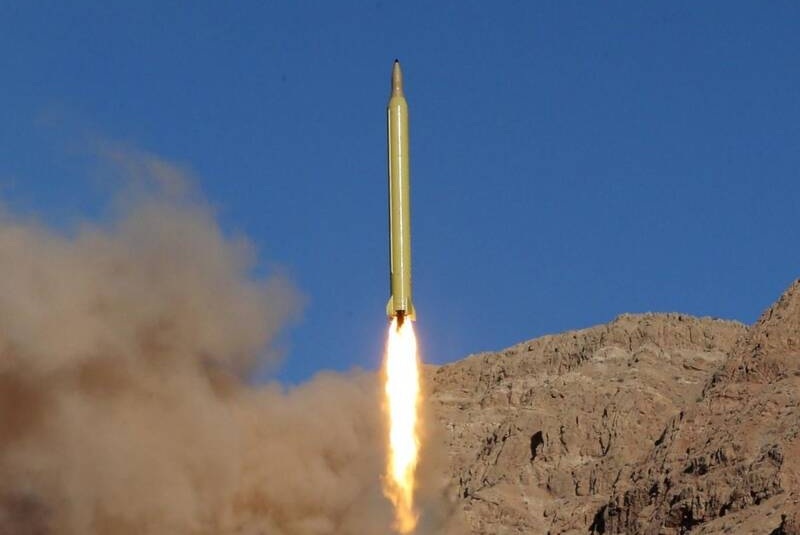Iran at the Peak of Missile Fuel Technology: From Advanced Solid Propellants to Breakthroughs in Gel Fuel
TEHRAN (Defapress) - Rockets, as one of the most advanced military and space technologies, have a beating heart that relies on their propulsive force: fuel. Rocket fuel, whether solid or liquid, plays a pivotal role in determining the efficiency, power, and applications of these strategic tools. Iran, as a pioneer in the missile industry in the region and the world, has reached the lofty peaks of missile technology through indigenous knowledge and the unwavering determination of its experts. Rocket fuel, as the beating heart of this strategic technology, plays an unparalleled role in Iran's deterrence and self-sufficiency.

Difference Between Solid and Liquid Fuel
The primary difference between solid and liquid fuel lies in their structure, performance, and applications. Solid fuel is a combination of chemical materials such as aluminum powder, nitrocellulose, and oxidizers like potassium nitrate, which are integrated into the rocket's body. This type of fuel is ideal for military missiles and space boosters due to its simple design, ease of maintenance, and long-term storage capability.
On the other hand, liquid fuel consists of fuels like liquid hydrogen or kerosene combined with an oxidizer such as liquid oxygen, stored in separate tanks and mixed in the combustion chamber. This type of fuel allows for more precise thrust control, but its complex design and high maintenance costs make its use more limited compared to solid fuel.
Solid fuel generates more energy instantly and is suitable for rapid initial launches, while liquid fuel, due to its higher efficiency per gram and adjustable thrust, is preferred for more complex space missions. However, solid fuel has limitations in control because combustion cannot be stopped once ignited, whereas liquid fuel offers engineers this flexibility.

Iran's Self-Sufficiency in Solid Fuel Production
One of the greatest achievements of Iran's missile industry is its self-sufficiency in producing solid fuel. Since the early days of the Islamic Revolution and especially after the imposed war, Iran, relying on indigenous knowledge and the efforts of domestic experts, has succeeded in designing and producing various types of composite solid fuels such as HTPB (hydroxyl-terminated polybutadiene). While some claims on Zionist media, such as the destruction of fuel production facilities in Parachin, have been made, evidence shows that Iran has localized solid fuel production since the 1990s and, despite severe sanctions, has even expanded its production capacity in recent years. This self-sufficiency has not only eliminated Iran's dependence on foreign sources but has also enabled the mass production of advanced missiles at lower costs.

Types of Iranian Missiles Based on Solid Fuel
Iran, as one of the pioneers of the missile industry in the region, has made significant progress in developing missile technologies in recent years. Accordingly, Iran's missiles primarily use solid fuel. Solid fuel is ideal for military ballistic missiles, which must be ready for launch in the shortest possible time, due to its long-term storage capability, rapid preparation, and lack of need for complex refueling infrastructure.
Among Iran's missiles, the Sejjil missile, as Iran's first long-range solid-fuel missile, has a range of 2,000 to 2,500 kilometers. It is a two-stage missile with high acceleration and the ability to launch from mobile platforms, making it difficult for enemies to track. The Sejjil-1 and Sejjil-2 versions have been developed with speeds of 12 to 14 Mach and an accuracy of about 250 meters.
The Qadr-1 (or Qadr-110/101) is a medium-range ballistic missile based on the Shahab-3, with a range of 1,500 to 2,000 kilometers. Its second stage uses solid fuel, and it has an accuracy of 300 meters and a preparation time of 30 minutes. The Fateh-110 is a tactical single-stage missile with a range of 300 kilometers, designed as a replacement for the Shahab-1 and guided by an inertial system. The Fateh-313, its longer-range version with a range of 500 kilometers, features a lighter body and composite solid fuel, used in operations such as "Martyr Soleimani" against the Ain al-Asad base.
The Zolfaghar missile, with a range of 700 kilometers and a smaller warhead, is equipped with advanced guided fins. The Persian Gulf missile is an anti-ship ballistic missile with solid fuel, designed by the Aerospace Force of the IRGC and produced by the Ministry of Defense. This supersonic missile is based on the Fateh-110 design.
The Fattah missile, Iran's hypersonic missile, has a range of 1,400 kilometers and a speed of 13 to 15 Mach, capable of maneuvering both inside and outside the Earth's atmosphere and penetrating air defense systems. The Fattah-2 hypersonic missile is an advanced example of Iran's missile technology, combining the capabilities of hypersonic glide vehicles (HGV) and hypersonic cruise missiles (HCM). This missile, which is under development, showcases unique features, including an operational range of 1,400 kilometers, a weight of over 4,000 kilograms using solid fuel, and the ability to maneuver inside and outside the Earth's atmosphere. These features place the Fattah among the world's most advanced hypersonic missiles.
The Zuhair (Raad-500) is a short-range missile with a carbon fiber composite body, utilizing advanced solid fuel propulsion technology. The Qaem-100, a three-stage satellite carrier, operates with solid fuel and is designed to launch satellites like the Chahraman-1 into a 550-kilometer orbit. It can be launched from mobile platforms.

Iran's Presence Among Producers of Gel Fuel
Alongside solid and liquid fuels and Iran's self-sufficiency in solid fuel production, there is a concept known as gel or hybrid fuel, which combines the characteristics of solid and liquid fuels. Gel fuel typically consists of a solid material (such as polybutadiene) as fuel and a liquid or gaseous oxidizer (like nitrous oxide). This type of fuel attempts to harness the simplicity of solid fuel and the controllability of liquid fuel. These fuels behave similarly to solid fuels in terms of storage, offering users more time for maintenance. In terms of safety and side effects, they are much safer and less hazardous compared to conventional liquid fuels. At the same time, this new fuel, like liquid fuel, can be turned off and reactivated, making it an ideal option not only for missiles but also for various unmanned aerial vehicles and space projectiles.
In gel fuels, the material initially resembles solid fuel, making transportation and injection into the propulsion system easier (a key advantage of solid fuel). Due to its gel-like and soft properties, it can be molded into various shapes. When the propulsion system is activated and subjected to sufficient factors such as impact, pressure, and heat, the propellant transitions into a liquid state and operates with greater power (a key advantage of liquid fuel propulsion).
Brigadier General Seyed Mahdi Farahi, then Deputy Minister of Defense and Armed Forces Logistics, stated in an interview in 2021 that experts from the Aerospace Industries Organization of the ministry had developed a specific formulation for liquid fuels, increasing their shelf life to levels comparable to solid fuel. Although no further details about this achievement were disclosed, credible speculation suggests that Iran may have achieved gel fuel technology.
Final Words
Thus, Iran's missile industry, relying on indigenous knowledge and innovation, has followed a remarkable path of progress. The focus on solid fuel as an efficient, cost-effective, and rapidly responsive option has turned Iran into one of the region's missile powers.
Moreover, achieving self-sufficiency in solid fuel production and the potential development of gel fuels represent a step forward in propulsion technology. These achievements have not only reduced dependence on foreign sources but have also placed Iran on the path to designing smarter and more flexible missiles.
Self-sufficiency in solid fuel production and credible speculation about achieving gel fuel technology are testaments to Iran's innovation and independence in the face of unjust sanctions. These accomplishments, alongside the threats posed by the usurping Zionist regime, demonstrate Iran's readiness to decisively defend its sacred soil and defeat its malicious enemies. Iran's missile technology, backed by faith and knowledge, will grind the nose of any aggressor into the dirt and keep the flag of the Islamic Republic's dignity and might flying high.
